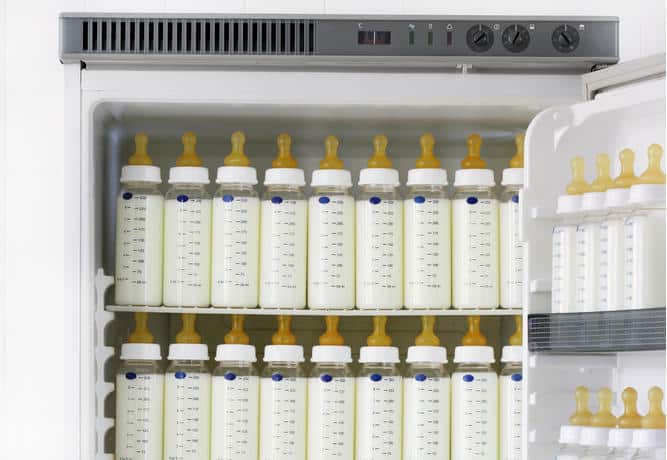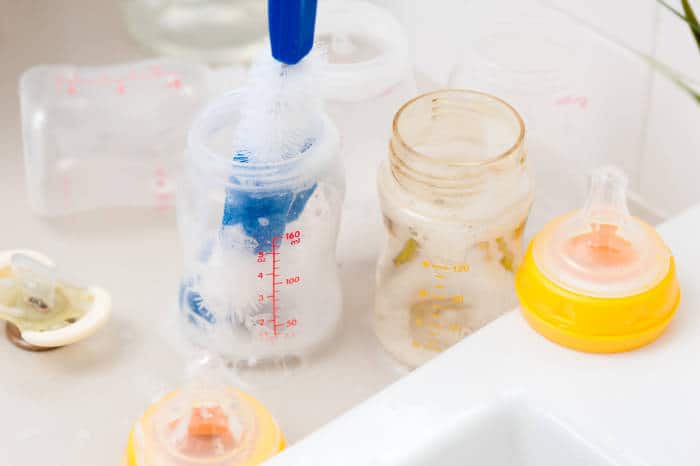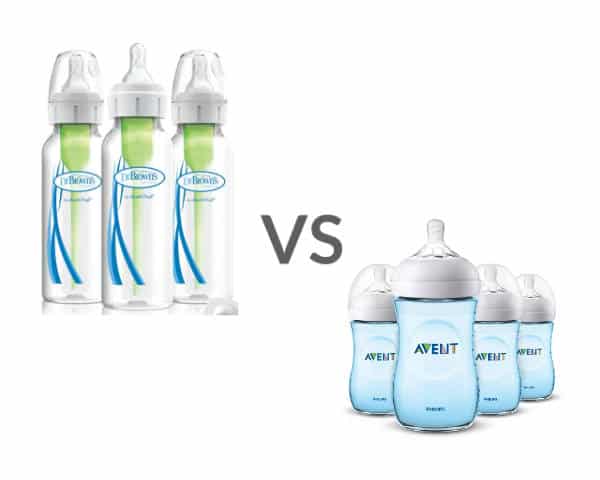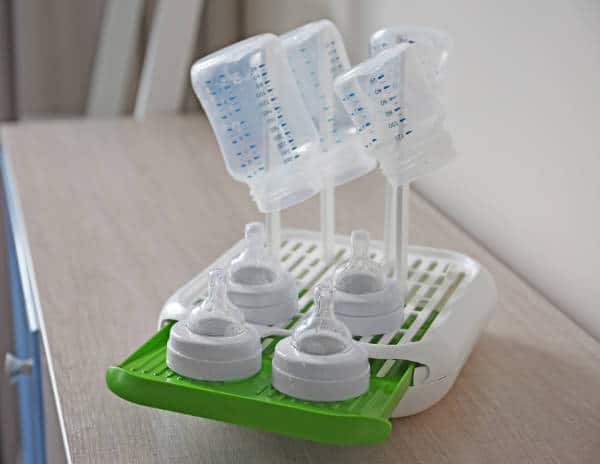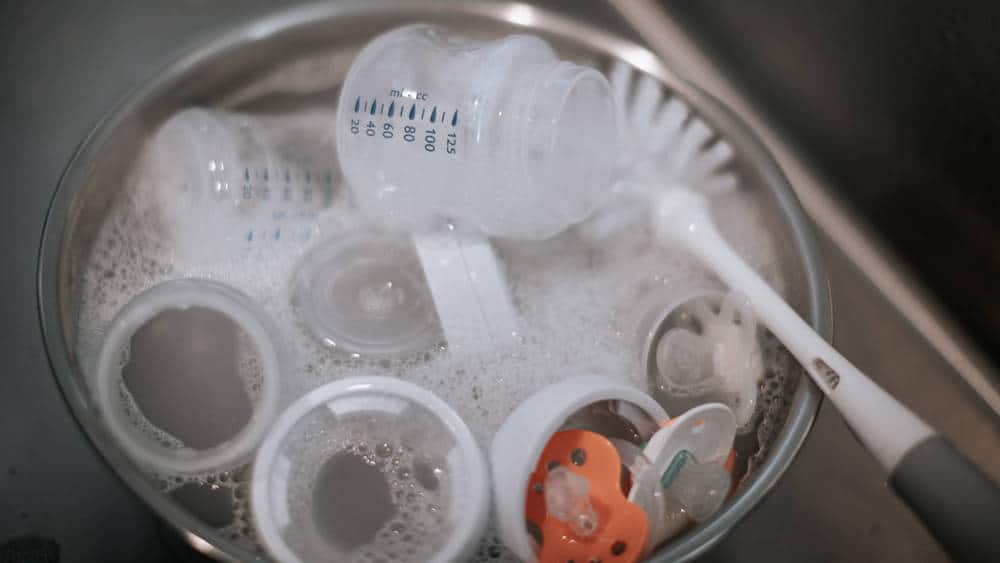As soon as your baby comes out of the womb, there always seems to be a barrage of parenting advice, mostly unsolicited. You know, Mary at church says to wrap them in a swaddle, sing them a song three times, and jump on one foot out of the room to get a full night’s sleep. Or maybe you’ve heard the old lady at the grocery store tell you that “a baby should never be barefoot” because they’ll catch a chill.
One piece of advice that still manages to weave its way through the grapevine is the old “put some baby oatmeal in the bottle so they’ll sleep longer”. As much as you’d like for that practice to be successful, it’s sadly not the case. Baby oatmeal and baby cereal are great for introducing solids and incorporating extra iron into their diet, but they will not guarantee sleep and shouldn’t be introduced too early. I know, I know… It’s been passed down for generations, but read on, and we’ll explain.
Want an extra take on the cereal in a bottle debate? Here’s an expert from Sleep Sense on YouTube:
Can putting cereal or oatmeal in a baby bottle be dangerous?
Let me preface this by saying I am not a doctor, nor do I claim to have as much specialized knowledge as a doctor. With that being said, the CDC does not recommend putting baby oatmeal, rice cereal or other cereal in a baby’s bottle.
It can increase your baby’s risk of choking and generally will not make him sleep longer. This is especially true for baby’s under the age of four months as it is too early to introduce solid foods and can upset their developing digestive system.
There is also science that points to a later struggle with obesity if you interrupt the natural instinct to eat until they’re full. Overall, the widespread consensus states that it isn’t recommended to put cereal or oatmeal in a bottle of breast milk or formula unless specifically recommended by a physician.
Will it make my baby sleep longer?
Anecdotally, it might appear that consuming cereal in baby’s bottle before naps or bedtime sleep longer, but scientifically, the evidence isn’t there. In fact, if you upset their natural digestion that’s tailored only to milk at that young age, you can worsen their sleep cycle because they’ll be dealing with gas and overall discomfort.
Now, when your infant is ready for solid foods to be fed with a spoon, a mixture of baby oatmeal and milk/formula is a great snack before bedtime. Oatmeal actually helps sleep as it is a natural source of melatonin.
Here’s a great roundup with more info on oatmeal and of some of the best baby oatmeal you can buy.
Does it help with reflux?
Remember when we said “unless specifically recommended by a physician?” Reflux is the perfect example of a situation where cereal may actually be beneficial. The addition of oatmeal or baby cereal can weigh down the ingested fluid and help keep it down, resulting in less spitting up and greater caloric intake.
Experts have shown that cereal has a greater impact on weight gain and caloric intake than regular formula and upright positioning (in a bouncy seat, for example). If you suspect reflux, but don’t have a definitive diagnosis, make sure to connect with your doctor before deciding to add anything to your baby’s bottle. If you’re breastfeeding, speaking to a lactation consultant can also prove helpful.
When can you start adding cereal?
If your physician suggests adding oatmeal cereal to baby’s bottle for a medical reason, it’s best to consult them for timing, although most will probably try to hold off until about 4 months old. If you’re deciding when to introduce oatmeal or cereal by spoon, combined with milk or formula, the most widely accepted window is from 4-6 months.
Baby oatmeal cereal is a great first solid food when introducing them to your baby. For one, oatmeal cereal and rice cereal are both fortified with iron, which is something most breastfed babies need when they get to 6 months old.
How much oatmeal/cereal to use?
IF your doctor recommends putting oatmeal ceral or rice cereal in a bottle to combat the symptoms of reflux, the ideal ratio is 1 teaspoon per 1 ounce of formula or breast milk. Otherwise, when you’d like to introduce oatmeal or cereal via spoon-feeding, aim for 2-3 teaspoons at first. You can mix it with formula or breast milk to the desired texture, which should be thin.
Observe how your baby does with the mixture and adjust accordingly. Some infants will still have the tongue-thrust reflex, and immediately spit it out. If that’s the case, you might want to wait a week or two to try again.
Brands to consider
Everyone wants the best for their child. That’s especially true when it comes to what foods we offer them. If you’re a first-time parent and find yourself overwhelmed when you get to the baby food aisle at the store, have a look at our list of the best baby oatmeal.



